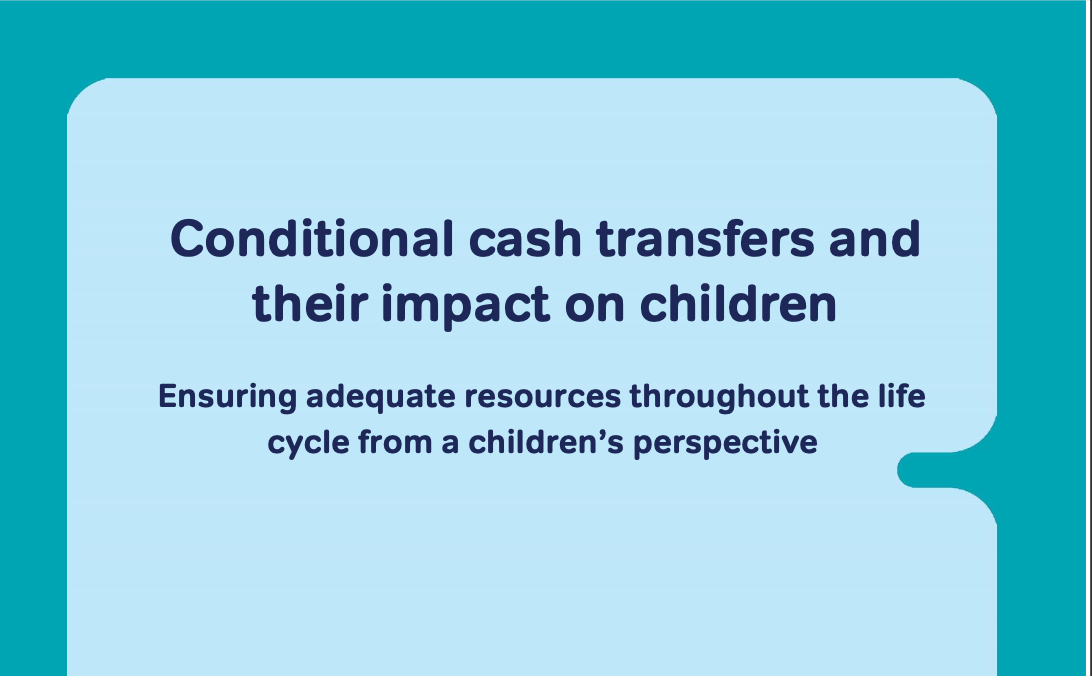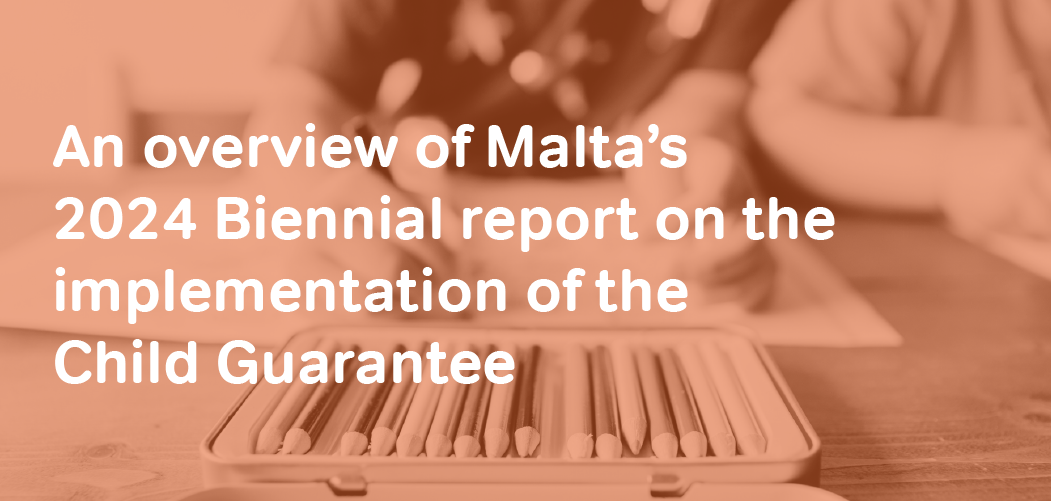Working Paper on Conditional Cash Transfers and their impact on children
Conditional cash transfers and their appeal: recommendations and key issues for debate
Conditional cash transfers (CCTs) aim to exert an immediate effect on poverty by raising income, while at the same time contributing to a longer-term reduction of poverty by improving beneficiaries’ future potential to earn a living, in so doing contributing to a drop in demand for such benefits.
Their underlying principle is that human capital can be enhanced as a development vehicle by providing money to families to persuade them to invest in themselves through greater participation in education and health services.
In addressing the issue of conditional cash transfers and their impact on children, in this response Eurochild aims to:
• Identify some recommendations with respect to ensuring adequate resources from a child-rights perspective
• Identify some key issues for reflection and debate.
Please read the full paper here.
Read the report and all responses to the 'Peer Review on Conditional Cash Transfers and their impact on children’ here.





